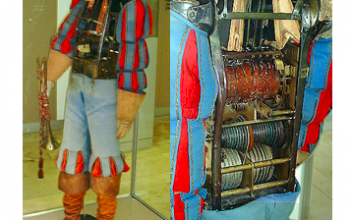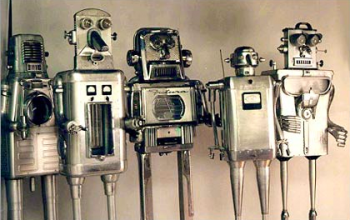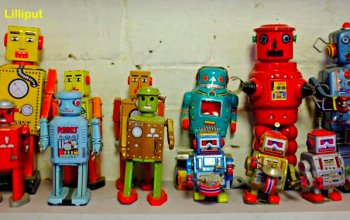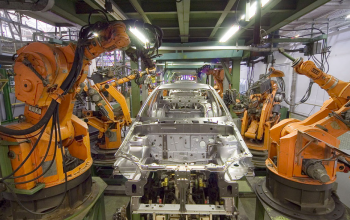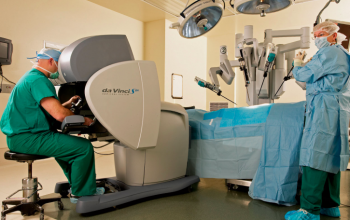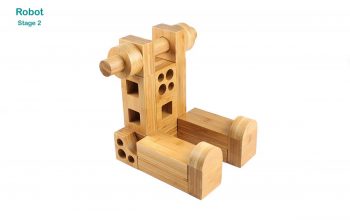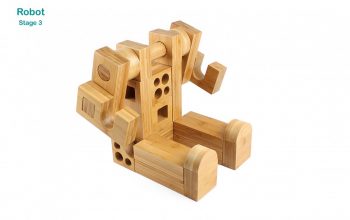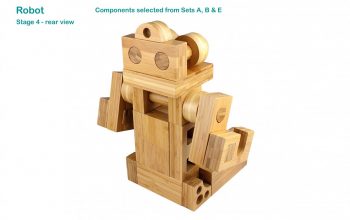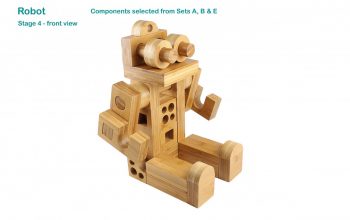The history of robots stretches back 2,400 years.
The definition of a robot is any machine or mechanical device that operates automatically or semi-automatically.
400-350 BC Greek philosopher and mathematician Archytas, designs and builds the first known documented robot, an artificial bird. Archytas, who is known as the “father of mechanical engineering,” constructed his bird out of wood and used steam to power the movements of the robot. His bird was then suspended from a pivot bar. In its best recorded run, it “flew” about 200 meters before running out of steam.
270 B.C A Greek engineer named Ctesibius designs and constructs elaborate water clocks with automatons or movable figures.
200 BC Artisans in China developed an elaborate functional mechanical orchestra.
1495 Leonardo Da Vinci designs and builds the first known humanoid robot. This robot was an armoured mechanical knight that could sit up, wave its arms, and move its head while opening and closing its jaw.
1557 Clockmaker, engineer and mathematician Giovanni Torriani creates a wooden robot that could fetch the Emperor’s daily bread from the store.
1810 Friedrich Kaufmann designs and builds his mechanical trumpeter.
1880’s Japanese craftsman Hisashige designs and makes some of the most complex mechanical creations. Among these toys were figures that could serve tea, shoot arrows and write.
1939 The first tin toy robot to go into mass production was a yellow square robot from Japan called Lilliput.
1940’s The Atomic Robot Man was the next robot to go into mass production and was given out as a promotional gift at the 1950 New York Sci-Fi Convention.
1948 British robotics pioneer William Grey Walter designs and builds robots Elmer and Elsie that mimic lifelike behaviour using very simple electronics.
1954 George Devol designs and builds the first digitally operated and programmable robot called the Unimate.
1961 George Devol and Joseph Engelberger establish Unimation Inc, the world’s first robotics company. The first industrial robot, Unimate, goes online in a General Motors automobile factory in New Jersey.
1963 The first artificial robotic arm to be controlled by a computer was designed. The Rancho Arm was designed as a tool for the handicapped and it’s six joints gave it the flexibility of a human arm.
Today, robots come in all shapes and sizes that preform a multitude of every day operations ranging from vacuuming the home, assembling automotive components as well as performing remote controlled, complex surgical procedures.



